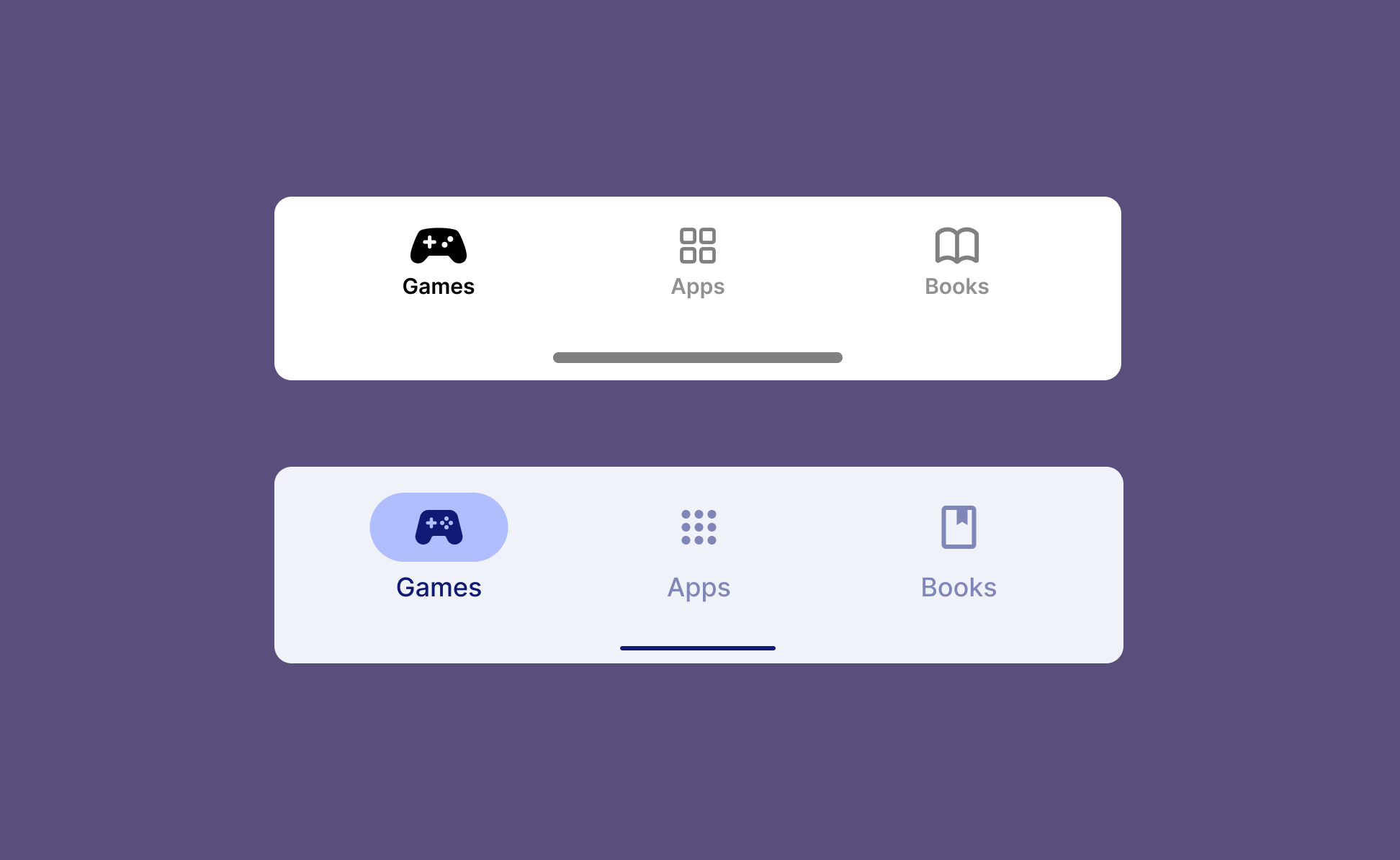In the fast-paced digital landscape we inhabit today, user interface design plays a crucial role in how we interact with applications and websites. Among the various components of modern user interfaces, the tab bar stands out as a vital tool for navigation, organizing content, and enhancing user experience. The tab bar serves as a gateway, allowing users to seamlessly switch between different sections of an application or website, thereby improving accessibility and engagement.
As digital experiences become increasingly complex, the tab bar has evolved to accommodate changing user needs and preferences. It provides a structured approach to content organization, making it easier for users to find what they are looking for without feeling overwhelmed. With its intuitive design, the tab bar not only enhances usability but also contributes to a more enjoyable and efficient browsing experience.
Whether you're a developer looking to implement an effective tab bar in your application or a user seeking to understand its functionality, this article will delve into the many facets of the tab bar. We will explore its design principles, benefits, and common questions that arise when utilizing this essential interface element. Join us in uncovering the potential of the tab bar and how it can transform your digital interactions.
What is a Tab Bar and How Does it Work?
The tab bar is a user interface element that allows users to navigate between different sections or categories of content within an application or website. Typically positioned at the top or bottom of the screen, it functions as a visual guide, displaying tabs that represent distinct areas of the interface. When a user clicks on a specific tab, the content associated with that tab is displayed, providing a streamlined and organized way to access information.
What Are the Key Features of an Effective Tab Bar?
An effective tab bar should possess several key features to enhance user experience:
- Clarity: Each tab should clearly indicate its purpose or the content it represents.
- Responsiveness: The tab bar should adapt well to different screen sizes and orientations.
- Accessibility: Users should be able to navigate the tab bar using keyboard shortcuts or screen readers.
- Consistency: The design and behavior of the tab bar should remain consistent across the application.
Why is the Tab Bar Important for User Experience?
The tab bar plays a significant role in enhancing user experience by simplifying navigation and reducing cognitive load. By categorizing content into distinct sections, users can quickly locate the information they need without sifting through irrelevant data. This streamlined approach not only saves time but also contributes to a more enjoyable interaction with the application or website.
How Can Developers Design an Effective Tab Bar?
For developers, designing an effective tab bar involves considering several factors:
- User Research: Understand the needs and preferences of your target audience.
- Prototyping: Create wireframes and prototypes to visualize the tab bar's layout and functionality.
- Testing: Conduct usability testing to identify areas for improvement.
- Feedback: Gather feedback from users to refine the design further.
What Are Some Common Mistakes to Avoid When Implementing a Tab Bar?
When implementing a tab bar, developers should be cautious of common pitfalls:
- Overcrowding: Avoid cramming too many tabs into the bar, as this can overwhelm users.
- Poor Labeling: Ensure that tab labels are descriptive and intuitive.
- Neglecting Mobile Users: Optimize the tab bar for mobile devices to accommodate on-the-go users.
How Can Users Maximize Their Experience with the Tab Bar?
Users can maximize their experience with the tab bar by familiarizing themselves with its layout and features. Here are some tips:
- Explore All Tabs: Take the time to click through each tab to discover available content.
- Utilize Keyboard Shortcuts: If available, use keyboard shortcuts for quicker navigation.
- Provide Feedback: If you encounter issues, share your feedback with the developers to help improve the tab bar.
What Are the Future Trends for Tab Bars in User Interface Design?
As technology continues to evolve, so too does the design of tab bars. Future trends may include:
- Dynamic Tabs: Tabs that change based on user behavior or preferences.
- Gesture-Based Navigation: Utilizing swipe gestures to navigate between tabs, particularly on mobile devices.
- Personalization: Customizable tab bars that allow users to prioritize their most-used sections.
Conclusion: Embracing the Tab Bar for Enhanced Navigation
The tab bar is an essential component of modern user interfaces, facilitating seamless navigation and improving the overall user experience. By understanding its functionality, design principles, and potential pitfalls, both developers and users can harness the power of the tab bar to create more efficient and enjoyable digital interactions. As technology advances, the tab bar will continue to evolve, adapting to the changing needs of users and enhancing the way we explore our digital world.



